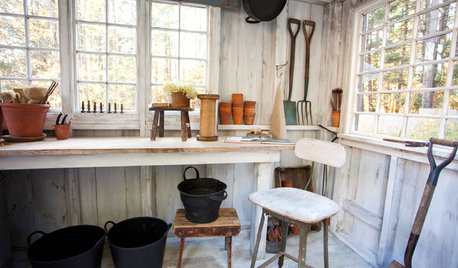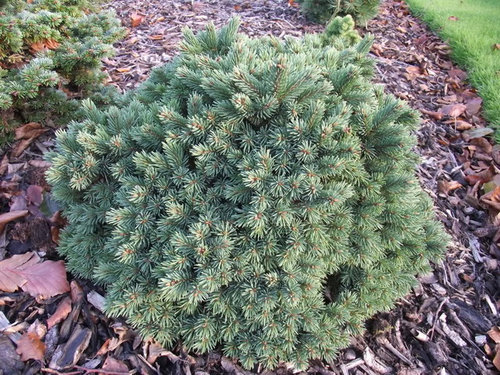One for Edwin ..ID!!
bluespruce53
13 years ago
Related Stories

HOUSEPLANTSOne Pot, One Big Shot of the Tropics
Give your rooms exotic flair in a single stroke. Tall Kentia palm fits the tropical bill beautifully
Full Story
MORE ROOMSRooms I'd Like to See Wrapped Up as Gifts for the Holidays!
What Room Do You Have on Your Gift List This Year?
Full Story
FUN HOUZZUpload of the Day: Last One Down the Indoor Slide Is a Rotten Egg!
Carpet cushions the ride for safety, but this slide in an Edmonton home still makes hearts race
Full Story
PRODUCT PICKSGuest Picks: Cooking for One
Whip up single portions easily — and keep cleanup simple — with these size-conscious kitchen tools, cookware pieces and gadgets
Full Story
HOUZZ TOURSHouzz Tour: Innovative Home Reunites Generations Under One Roof
Parents build a bright and sunny modern house where they can age in place alongside their 3 grown children and significant others
Full Story
FARM YOUR YARDIf You Have Room for Only One Fruit Tree ...
Juice up a small garden with one of these easier-care or worth-the-effort fruit trees for a mild climate
Full Story
BATHROOM VANITIESShould You Have One Sink or Two in Your Primary Bathroom?
An architect discusses the pros and cons of double vs. solo sinks and offers advice for both
Full Story
LAUNDRY ROOMSRoom of the Day: The Laundry Room No One Wants to Leave
The Hardworking Home: Ocean views, vaulted ceilings and extensive counter and storage space make this hub a joy to work in
Full Story
KITCHEN DESIGN12 Great Kitchen Styles — Which One’s for You?
Sometimes you can be surprised by the kitchen style that really calls to you. The proof is in the pictures
Full Story
FEEL-GOOD HOMEDreamy Retreats and Hideaways for One
Valentine’s Day is all about couples, but what about showing yourself some love in one of these enticing spaces?
Full StorySponsored
Central Ohio's Trusted Home Remodeler Specializing in Kitchens & Baths
More Discussions










coniferjoy
clement_2006
Related Professionals
Franconia Landscape Architects & Landscape Designers · Kapaa Landscape Architects & Landscape Designers · Prairie Ridge Landscape Architects & Landscape Designers · South Elgin Landscape Architects & Landscape Designers · Bethlehem Landscape Contractors · Addison Landscape Contractors · Cambridge Landscape Contractors · Lemoore Landscape Contractors · McLean Landscape Contractors · Pueblo West Landscape Contractors · Shirley Landscape Contractors · Siloam Springs Landscape Contractors · South Portland Landscape Contractors · White Bear Lake Landscape Contractors · Kingsburg Landscape Contractorsbluespruce53Original Author
bluespruce53Original Author
coniferjoy
bluespruce53Original Author
greenman28 NorCal 7b/8a
clement_2006
bluespruce53Original Author
coniferjoy
bluespruce53Original Author
David Olszyk, President, American Conifer Society
mesterhazypinetum
firefightergardener
coniferjoy
David Olszyk, President, American Conifer Society
mesterhazypinetum
mesterhazypinetum
David Olszyk, President, American Conifer Society
mesterhazypinetum
Mitya
coniferjoy
Mitya